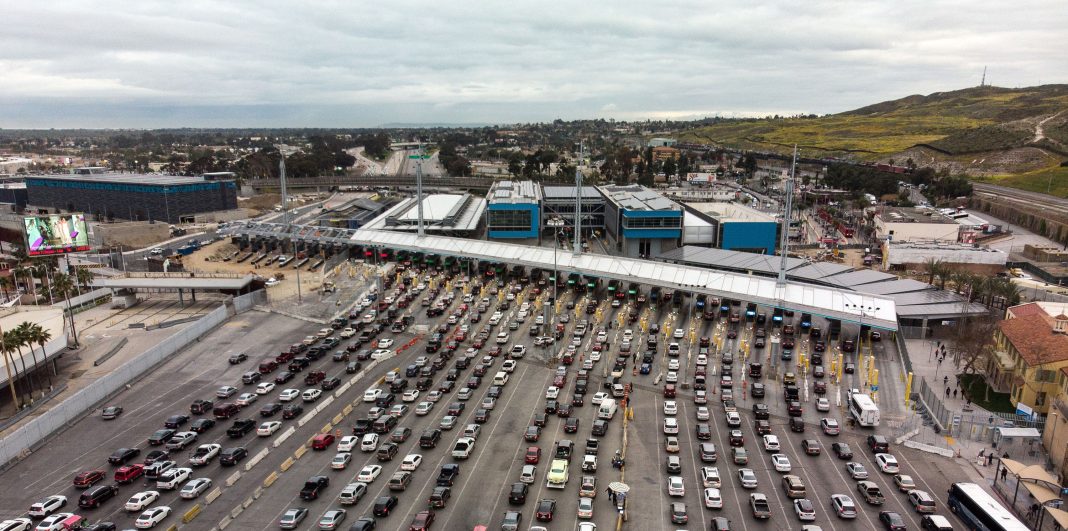Face recognition technology is being considered by the Department of Homeland Security (DHS) to scan drivers and passengers approaching the southern border. The DHS is seeking assistance from the private sector to implement this technology, despite its mixed track record and ongoing deficiencies. The goal is to capture biometric data, such as facial recognition, of occupants in vehicles as they approach land border checkpoints. This would allow checkpoint agents to determine if the occupants pose a threat or can enter the United States.
However, the document does not provide details on how the system would determine if people in a car are a threat. Previous pilot programs using in-car face recognition have checked if drivers have been previously arrested. Vendors who present their offerings to DHS may be invited for further testing.
Dave Maass, director of investigations at the Electronic Frontier Foundation, warns that face recognition can be intrusive in terms of personal privacy. He explains that if law enforcement adds face recognition capture from moving vehicles, they would be able to track not only the vehicle’s location but also the driver and passengers, leading to a significant invasion of privacy.
Customs and Border Protection (CBP) claims to have a legislative mandate to expand biometric identity checks across land, air, and sea. Face recognition cameras have already been tested at border crossings since 2016, allowing for rapid verification of identities without requiring travelers to leave their cars. However, the DHS has struggled to remotely identify drivers, as stated in a 2024 report by the DHS Office of Inspector General.
A 2022 postmortem document obtained by the Electronic Frontier Foundation reveals that the stated objectives of the Anzalduas test were successfully met, but drivers and passengers were only photographed about three-quarters of the time. Additionally, only 80 percent of these images were usable. The document suggests increasing the number of occupants whose image is captured to improve the capture rate.
It is important to note that face recognition technology often goes wrong, especially at outdoor border crossings where various obstructions and distortions can affect the accuracy of the system. While the Anzalduas postmortem claims a 99 percent accuracy rate, the OIG’s report does not make such a claim. Dave Maass questions the accuracy figures and demands answers from the government regarding the travelers who experienced face recognition errors and whether there was any correlation between race and these errors.
As DHS seeks assistance from the surveillance industry, a cautionary tale is provided by the 2019 hacking of Perceptics, a company that provides license plate-scanning technology to CBP. The hack revealed that unauthorized copies of traveler image personally identifiable information were stored on Perceptics’ servers. The document mentions that CBP assessed additional data protection and insider threat security controls but does not specify which, if any, were implemented.
In conclusion, the use of face recognition technology at the border is an error-prone experiment that raises concerns about privacy and accuracy. While the DHS aims to enhance security and identify potential threats, the technology’s deficiencies and potential invasion of privacy should be carefully considered. The government needs to address the issues raised by experts and ensure that proper safeguards are in place to protect individuals’ rights and prevent unauthorized access to personal information.


